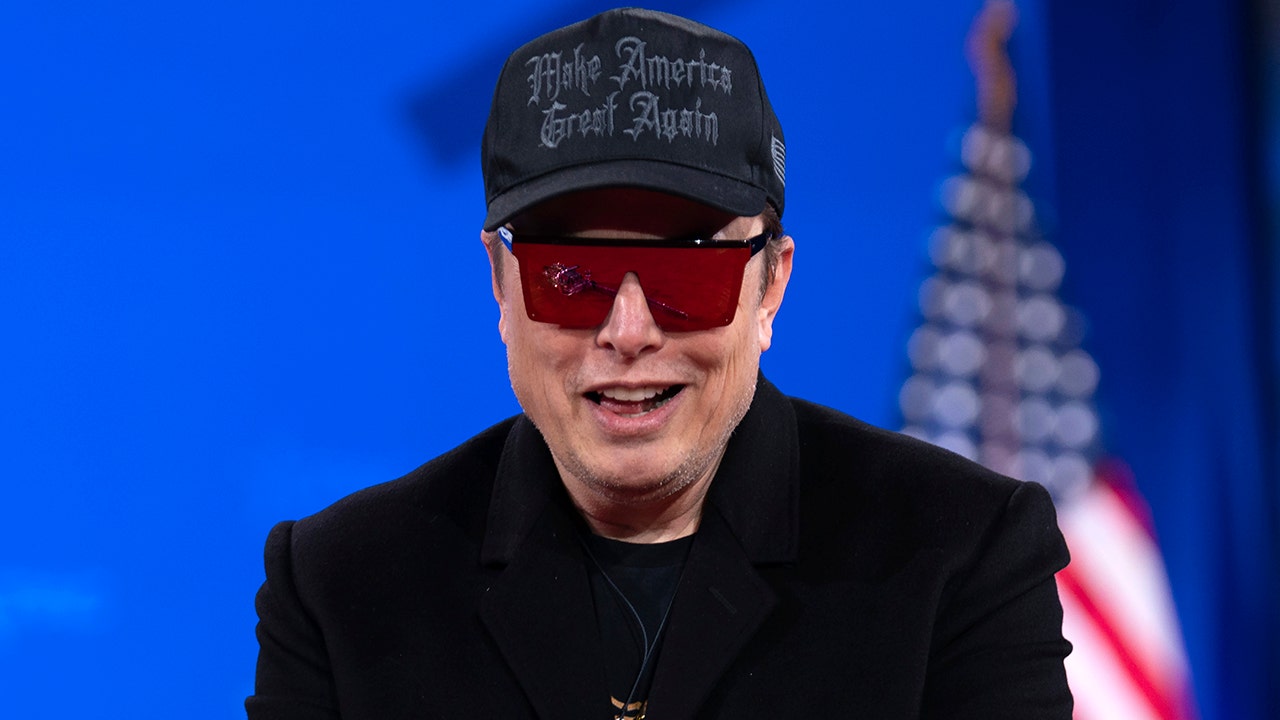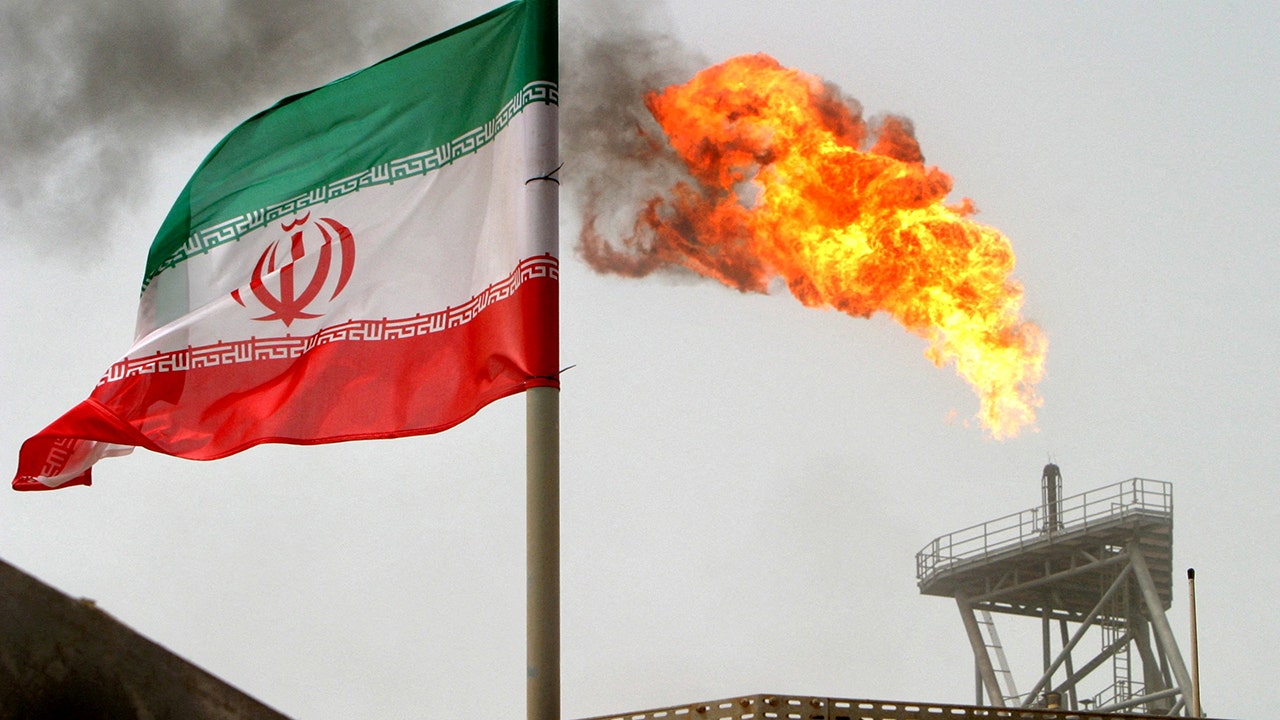For nearly a year, talks between the world’s two biggest polluters, China and the United States, have been on hold as the effects of global warming have only worsened in the form of deadly heat, drought, floods and wildfires.
John Kerry, President Biden’s special envoy on climate change, is expected to arrive in Beijing on Sunday to resume climate talks with the Chinese government. He is scheduled to meet with his Chinese counterpart Xie Zhenhua and other officials for three days of talks aimed at finding ways to work together on climate change despite simmering tensions between the two countries over trade, human rights and other issues. Here’s what you should know:
Why is this meeting important?
The United States and China are the world’s largest economies, the world’s largest investors in renewable energy and, most importantly, the world’s largest polluters of fossil fuels. Together they emit about 40 percent of greenhouse gases into the atmosphere.
Analysts agree that the speed at which the two countries cut emissions and help other countries transition to wind, solar and other forms of clean energy will determine whether the planet can avoid the most catastrophic consequences of climate change.
“Without China, there is no solution to climate change,” said David Sandalow, a veteran of the Clinton and Obama administrations, now at Columbia University’s Center on Global Energy Policy. “The world’s two largest emitters should talk to each other about this existential threat.”
Why are the US and China negotiating on climate right now?
After a year of extremely heightened tensions, the leaders of the two superpowers are finally talking again.
Beijing frozen high-level diplomatic ties with the United States in August after Representative Nancy Pelosi, a Democrat and then Speaker of the House, traveled to Taiwan, the island democracy that Beijing claims as its territory. Mr Kerry had expressed hope the climate talks could be shielded from geopolitical grudges, but Chinese officials rejected this idea.
President Biden and Chinese President Xi Jinping agreed to resume talks between their senior officials at a meeting in Bali in November. However, those plans were dashed earlier this year after a Chinese surveillance balloon was spotted hovering over the United States, sparking anger in Washington, which in turn caused Beijing to slow down the resumption of talks.
In recent weeks, Mr. Biden has sent several cabinet secretaries to Beijing to stabilize ties. Mr. Kerry’s trip follows visits to China by Secretary of State Antony J. Blinken and Secretary of the Treasury Janet L. Yellen. Commerce Secretary Gina M. Raimondo is expected to visit China after Mr. Kerry.
“I think there is a way to find a solution and build a working relationship with China that will benefit them and benefit us,” Mr. Biden said a CNN interview lately.
What have the US and China already done to fight climate change?
The 2015 Paris Accord, a landmark agreement in which almost all nations agreed to curb emissions and stave off dangerous global temperature rises, exists in large part because the United States and China struck an agreement.
The two put aside the decades-long dispute over who should cut carbon pollution first and agreed to act together, albeit at different speeds. This pact allowed the United States and China to persuade other leaders that every country, regardless of its wealth or its responsibility for causing climate change, has a responsibility to help solve the problem.
The United States aims to cut emissions by nearly 50 percent this decade and stop entering the atmosphere by 2050. China has announced that its emissions will increase by 2030 before starting to decrease and then stopping by 2060.
According to analysts, both countries are roughly on track to meet their near-term targets. But there are still major hurdles.
The United States is investing $370 billion in clean energy and enacting regulations to reduce pollution from tailpipes and smokestacks. But at the same time it has approved new oil and gas projects and failed to live up to its promises to help poorer countries fund their own transition away from fossil fuels.
China is the world leader in electric vehicles, generating more power from solar power than all other countries combined. But consumption of coal, the dirtiest fossil fuel, continues to rise dangerously. construction of coal-fired power plants China accelerated recently after leaders toned down their commitment to coal mining and re-emphasized “energy security”.
What does the US want from the meeting?
Mr Kerry said he hopes to work with China on at least three issues: curbing methane, a potent greenhouse gas emitted from oil and gas wells; deforestation; and phasing out China’s coal consumption.
The United States has also urged China to set new, stricter climate targets, including an earlier date when emissions will peak.
In an interview, Mr Kerry said he hopes to take some “tangible new measures that will get the ball moving” to cut emissions.
What does China want?
According to most reports, the Chinese government wants to focus on the goals it has already set and the measures it has taken to achieve them. She doesn’t like being pushed to new goals, especially when she fears a potential successor to Mr. Biden could back down from his duties.
China is known for setting achievable goals and achieving them. The goal of increasing the share of energy from non-fossil fuel sources by 25 percent by 2030 has already been exceeded.
“You feel like you’ve done a lot of work,” said Bernice Lee, research director at Chatham House, a UK think tank and expert on China’s climate policy. “Of course you want to point out the high share of renewable energy in the increasing energy mix and consider this an achievement.”
However, she added: “The question is whether she is able to talk about a faster phase-out of coal.”
Despite its massive economy and emissions, China is attempting to position itself as the defender of the developing world. For nearly two decades, China has been the largest national emitter, but its average pollution per person is lower than most wealthy countries, and Beijing has long argued that those countries have a greater burden in cutting greenhouse gases and funding global action should wear. Mr. Xie and other officials are likely to reinforce this message. Chinese officials could also be pushing Mr Kerry over tariffs Washington has imposed on Chinese-made solar panels.
“The US has significant influence in other areas outside of climate, particularly trade, so China is likely hoping positive steps on climate will help ease tensions on other fronts,” said Qi Qin, a Chinese energy analyst for the Center for Research on Energy and Clean Air, an organization headquartered in Finland.
What is the likely outcome?
China observers are keeping expectations for this meeting low, in part because the Chinese government, like most governments, doesn’t like to appear pressured to act. Observers do not expect any major new announcements on emissions targets or coal mining.
“I don’t think they want to give the impression that John Kerry came and told them what to do,” said Michael Greenstone, an economics professor at the University of Chicago.
One possible outcome would be that both countries agree to regular US-China meetings on climate change. Experts say that would be a strong result and could pave the way for the United Nations climate summit to be held in Dubai in November.
Ms. Qin, the energy analyst, noted that recent visits to Beijing by Mr. Blinken, the foreign minister, and Ms. Yellen, the finance minister, had not resulted in any major agreements. Instead, Ms Qin said, these meetings “could serve as a basis for a leaders’ summit later this year, where we could expect something more concrete.”
Chris Buckley contributed to the reporting.





